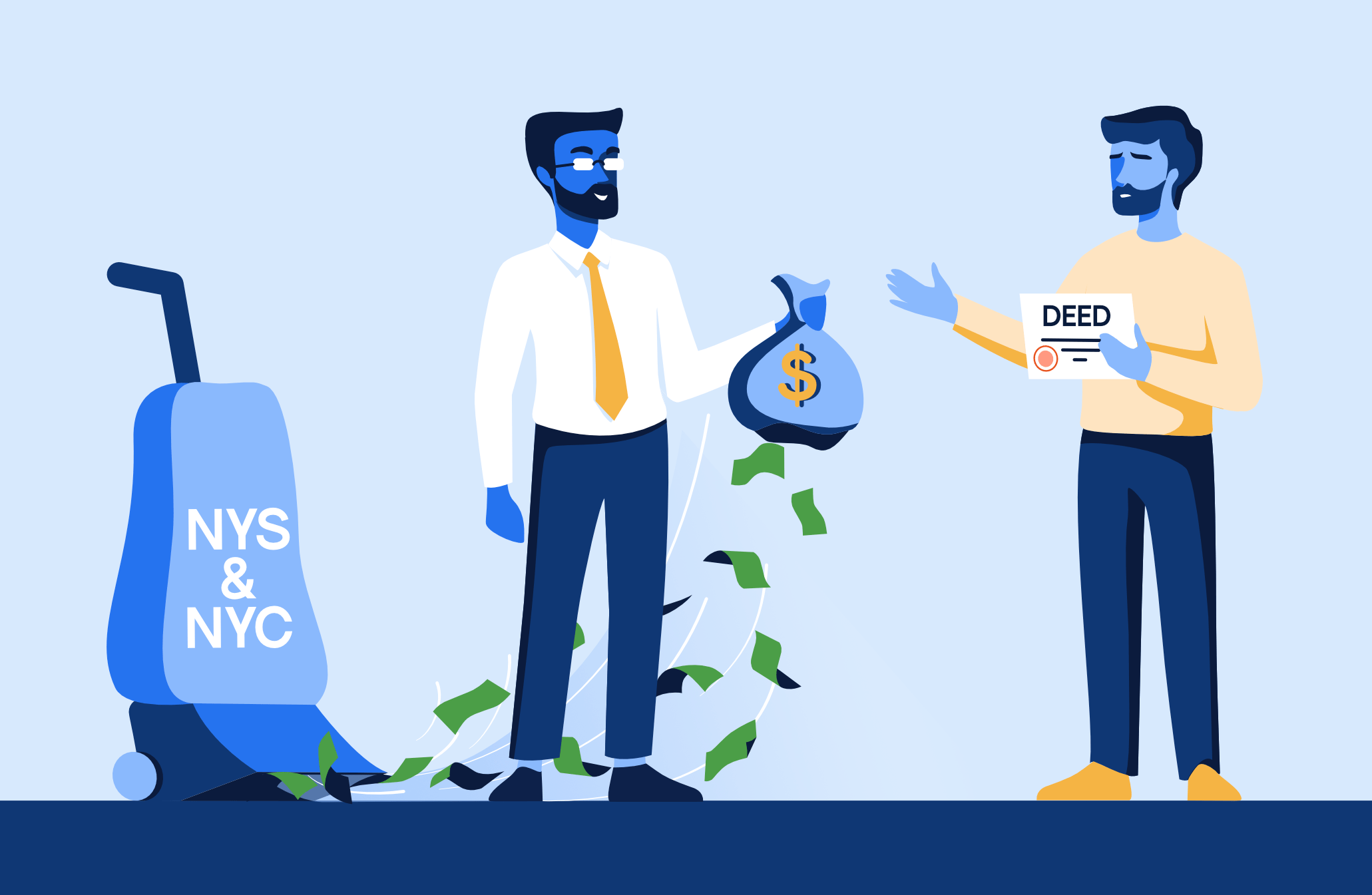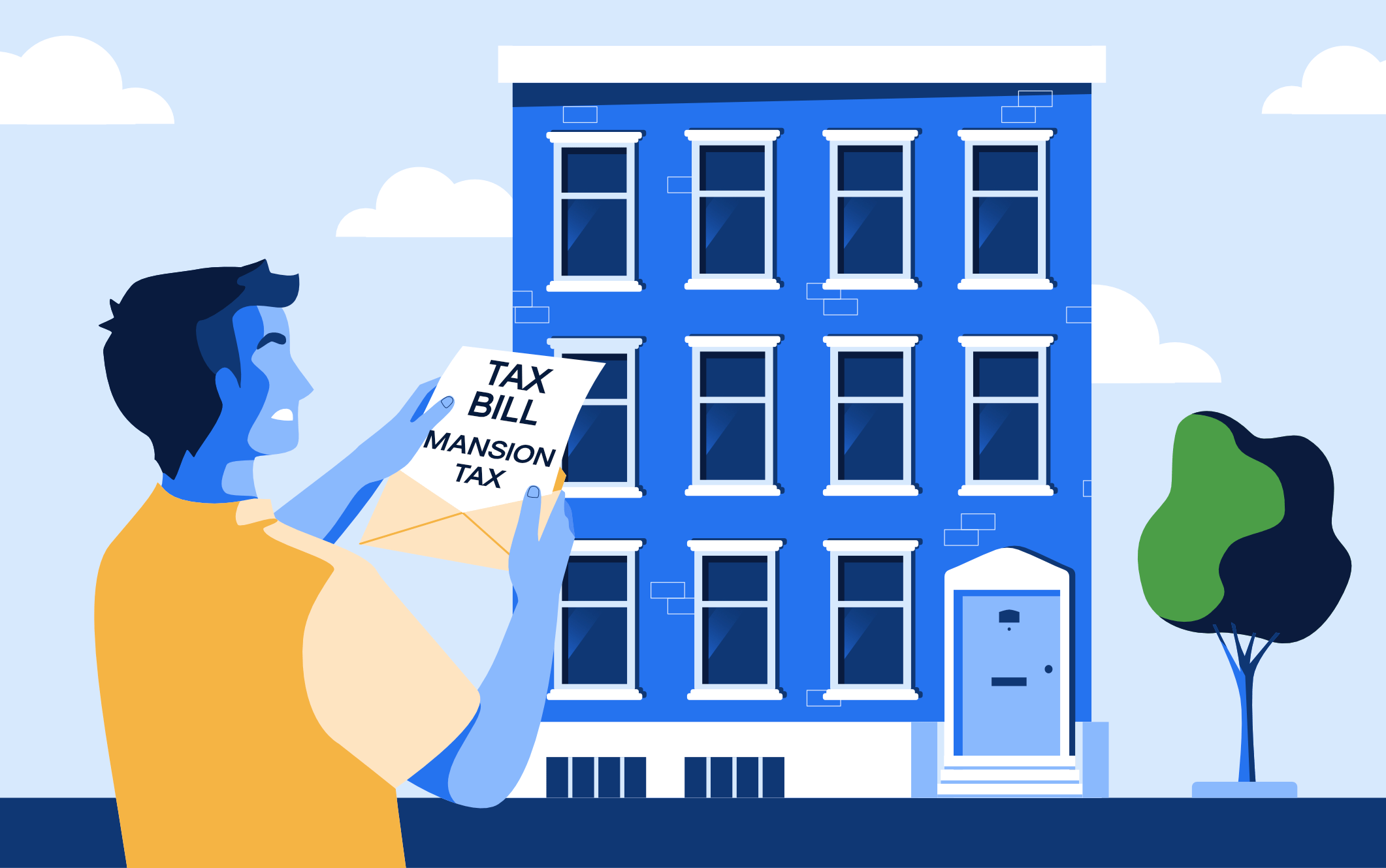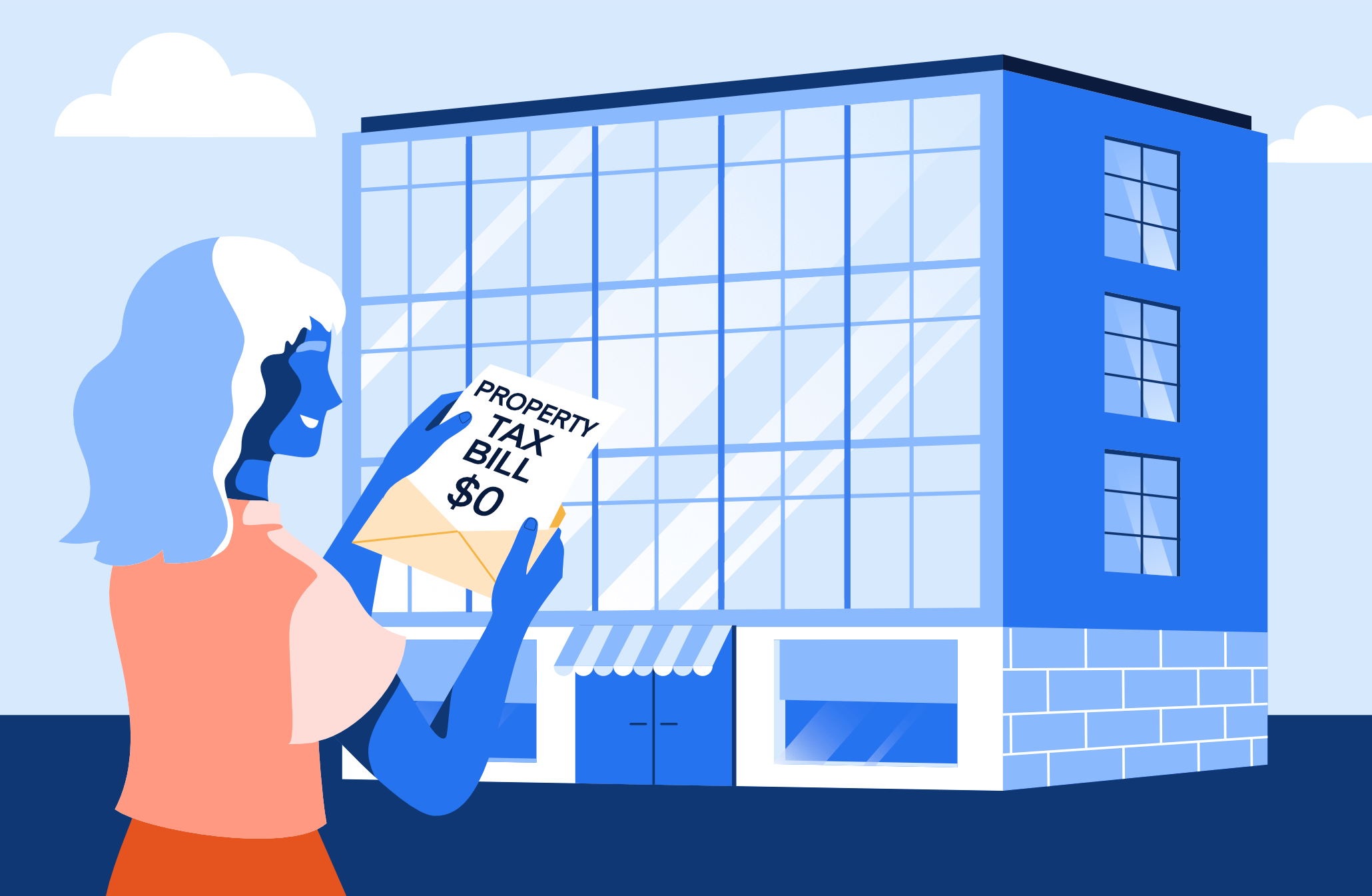Even if you’re not some jetsetter with an apartment in every major city, pied-à-terres still matter for your NYC apartment search. And if you are that jetsetter, they definitely matter! Let’s dig into what a pied-à-terre is, why they matter and how to go about buying one.
Table of Contents:
What is a pied-à-terre in NYC?
What are the pros and cons of pied-à-terres for NYC real estate?
Do pied-à-terres have any tax implications?
How do you find a pied-à-terre?
Should you care if your building allows pied-à-terres?
What is a pied-à-terre in NYC?
As every other guide will tell you, the term “pied-à-terre” is French for “foot on the ground.” It’s used to describe an apartment used a few times a year when the owner is in town. In other words, if someone owns an apartment in NYC and it's not their primary residence, it’s a pied-à-terre.
It’s generally not used to describe a vacation home. It’s more of a home-base in a city where the owner consistently spends a little bit of time. They are usually small apartments stocked with a couple personal items so the owner can crash whenever they need to.
Why a "foot on the ground”? Presumably a local owner would have both feet on the ground? We’re not really sure but nonetheless, that's what they're called!
What are the pros and cons of pied-à-terres for NYC real estate?
By allowing people from out of town to buy in NYC, pied-à-terres help boost property prices. After all, Economics 101 taught us that more buyers means higher prices. While that's good for property owners, that additional demand isn't good for everyone else. Not only does it increase demand for apartments but it also reduces supply.
We have all seen articles describing what appear to be permanently dark apartments in New York and London. These vacant apartments basically take housing capacity out of the market.
It's understandable that New Yorkers facing ever higher housing costs can get frustrated with pied-à-terres. That frustration reached a peak in 2019 when a “pied-à-terre tax” was proposed. The catalyst seemed to be the billionaire hedge fund founder Ken Griffin’s purchase of a $238,000,000 pied-à-terre. The tax did not end up getting passed and instead the state increased the mansion tax and transfer tax rates above certain price thresholds.
Aside from supporting apartment prices, owners with pied-à-terre neighbors benefit from less stress on the building. The elevators come more quickly, the common areas last longer, the hallways are quieter, etc. As long as they continue to pay their common charges (and people that can afford a pied-à-terre usually do), those units absorb costs without causing much strain.
Do pied-à-terres have any tax implications?
At the most basic level of analysis, there are no tax implications of pied-à-terres. Owners pay their property taxes just like a primary resident but a deeper dive gets much more complicated.
Proponents of pied-à-terres argue they are good for the New York City's finances. They point to all of the tax revenue coming in with very little expense going out. If an owner doesn't live here full time, their kids aren't going to school here, FDNY won't respond to a dinner accidentally left in the oven, etc. Property tax revenue should actually be higher because pied-à-terres are not eligible for the co-op and condo abatement.
However by not being here, owners are not spending or making much money either so sales and income taxes suffer. Think about an entire ghost town of empty pied-à-terres - all the owners might pay their property taxes but you wouldn't need any taxis or restaurants.
Where does all that net out? Who knows. However as we mentioned earlier, it's pretty clear pied-à-terres push up home prices so they periodically get blowback. The aforementioned tax bill was the most recent attempt by the New York State Senate to amend real property tax law. They tried in 2014 as well.
Had the 2019 version been passed, it would have created an annual tax on pied-à-terre's over $5,000,000 equal to 0.5% to 4% of its value. As with most tax math, it's hard to be confident in the net result and many believed the reduction in real estate prices and fewer transactions would actually result in less overall tax revenue.
How do you find a pied-à-terre?
The simplest way to find a pied-à-terre is to look at condos. Condos don’t care how you use the apartment so they will always work.
Many co-ops allow pied-à-terres as well but it’s something you’ll want to check. Most websites let you search for co-ops that allow pied-à-terres.
While you can search for whatever kind of pied-à-terres you want, most are small and located in convenient areas. If you’re looking for a 2,000 square foot penthouse, it’s either a second home or you’re very rich (most likely both!).
Should you care if your building allows pied-à-terres?
For the financial reasons mentioned above, pied-à-terres are usually good for property values in your building. Since all condos allow pied-à-terres, only co-ops need to evaluate if they want them or not.
As a general rule, the more restrictions a co-op has, the less its units will be worth. Just like a strict sublet policy and not being pet friendly, not allowing pied-à-terres limits the buyer pool.
Over the course of a purchase and sale, this valuation impact will wash out but if there are changes to a co-op's policies, it will have an impact.
To make it more concrete, think about a dog ban instead of a pied-à-terre ban. Don’t worry - all the current dogs will get to stay but going forward, no new owners can have a dog. Well, that means anyone with a dog will no longer buy in that building. Your buyer pool just became much smaller overnight. Less demand means lower prices. Instead of dog owners, a pied-à-terre ban prevents non-residents from buying.
It could go the other way though - if your building starts allowing pied-à-terres, that should increase values in the building. Like all co-op rules, they’re agreed upon by the shareholders so it’s a conversation you can get going within your building.



